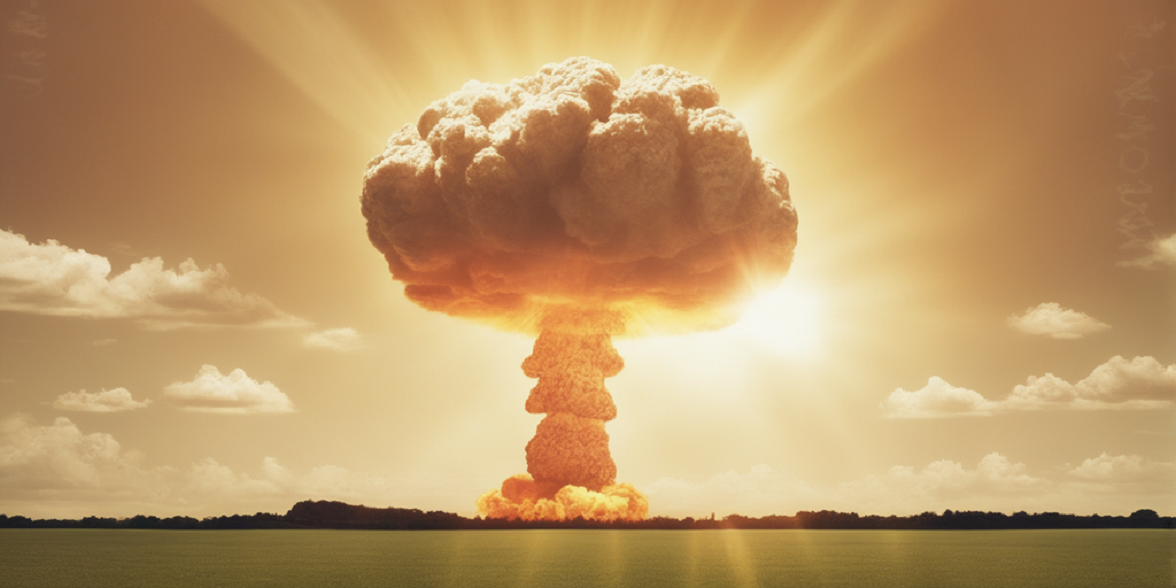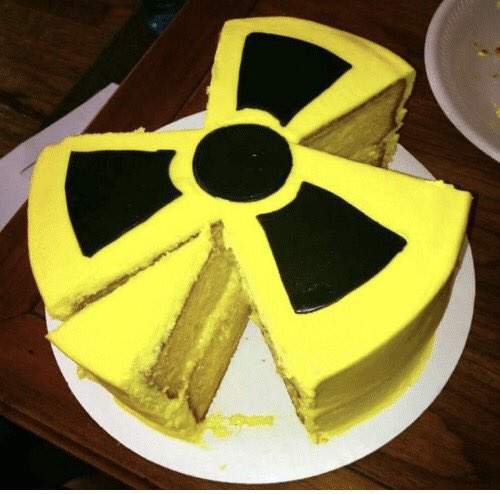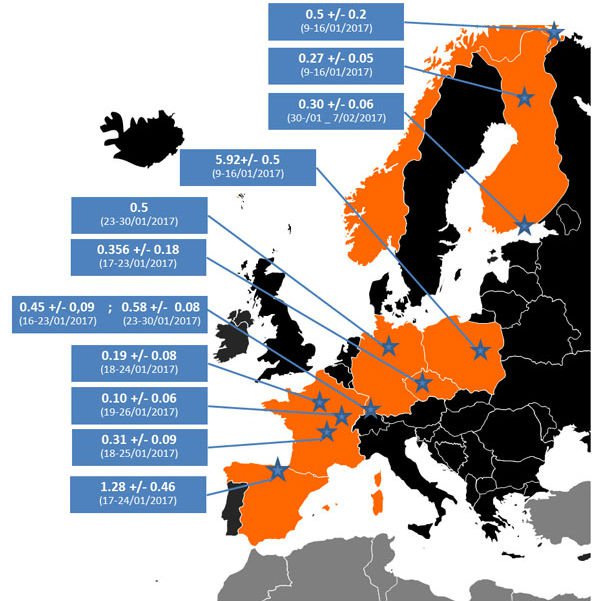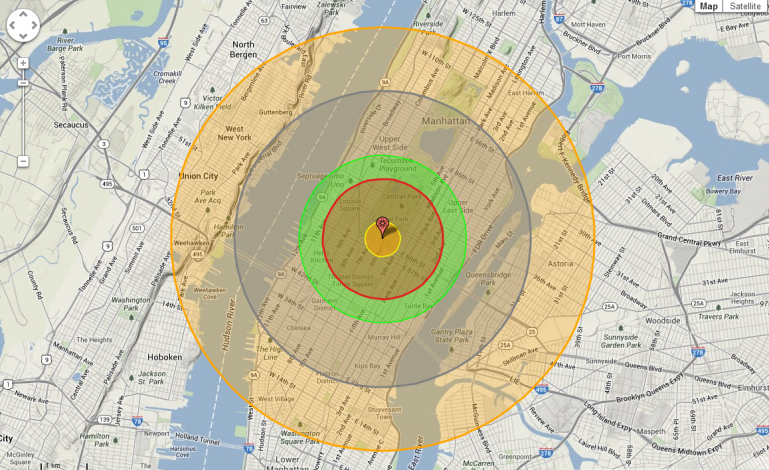In the early 1950s, the United States government was conducting a secret study to measure the effects of nuclear fallout on the human body. The study, code-named Project Sunshine, involved collecting the bodies of dead babies and children and examining them for signs of radiation exposure.
The study was authorized by President Dwight D. Eisenhower in 1953. The Atomic Energy Commission (AEC), which was responsible for overseeing the study, recruited pathologists from across the country to participate. The pathologists were instructed to collect the bodies of all babies and children who died within 10 days of birth, regardless of the cause of death.
The bodies were then shipped to the AEC’s Human Tissue Repository in Oak Ridge, Tennessee. There, the pathologists examined the bodies for signs of radiation exposure. They looked for things like radioactive particles in the bones and tissues, and changes in the cells.
The study continued for several years, and the AEC collected the bodies of over 1,000 babies and children. The results of the study were never published, but they were eventually declassified in the early 2000s.
The study revealed that even low levels of radiation exposure can have a significant impact on the human body. The babies and children who were exposed to radiation had a higher risk of developing cancer, leukemia, and other health problems.
The study also showed that the effects of radiation exposure can be passed down from generation to generation. The children of the babies and children who were exposed to radiation were also at an increased risk of developing health problems.
Project Sunshine is a reminder of the dangers of nuclear fallout. It is also a reminder of the lengths that the government will go to in order to protect its citizens from harm.
The Secretive Origins of Project Sunshine
Project Sunshine was born out of the Cold War fear of nuclear war. In the early 1950s, the United States and the Soviet Union were engaged in a nuclear arms race. Both countries were conducting nuclear tests, and there was a growing concern about the potential effects of nuclear fallout on the population.
The AEC was tasked with studying the effects of nuclear fallout. The agency conducted a number of studies, including Project Sunshine. Project Sunshine was designed to collect data on the short-term effects of radiation exposure. The AEC hoped that the data from Project Sunshine would help them to develop better ways to protect the population from nuclear fallout.
The Secrecy of Project Sunshine
Project Sunshine was kept secret for many years. The AEC did not want to alarm the public about the potential dangers of nuclear fallout. The agency also did not want to give the Soviet Union any information about its research.
The secrecy of Project Sunshine was finally lifted in the early 2000s. The AEC declassified the study, and the results were made public. The release of the study sparked a wave of controversy. Many people were outraged that the government had conducted secret experiments on dead babies and children.
The Legacy of Project Sunshine
Project Sunshine is a reminder of the dark side of the Cold War. It is also a reminder of the lengths that the government will go to in order to protect its citizens from harm. The study has also raised important questions about the ethics of scientific research.
The results of Project Sunshine have been used to improve our understanding of the effects of radiation exposure. The study has also helped to develop better ways to protect people from nuclear fallout. However, the secrecy of the study has also damaged the public’s trust in the government.
Project Sunshine is a complex and controversial issue. There is no easy answer to whether or not the study was justified. However, the study is a reminder of the importance of transparency and accountability in scientific research.





